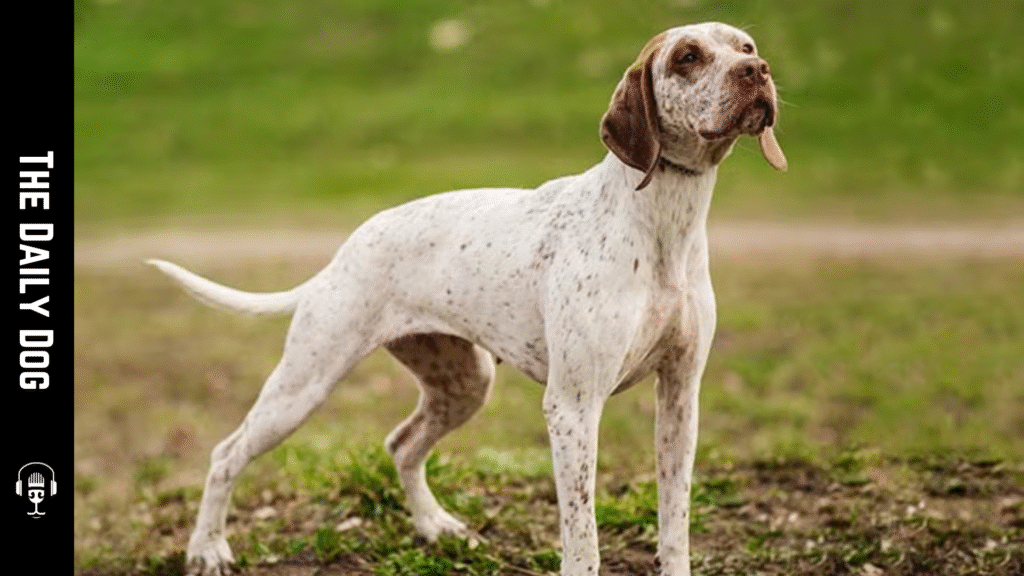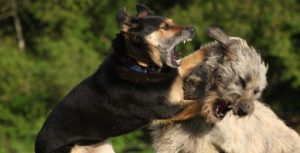The Braque du Bourbonnais, a rare and captivating pointer breed, is a gem among hunting dogs. With its distinctive appearance and adaptability, this French-born breed has gained a loyal following among hunters and active families. This article will explore the history, traits, and practical care tips for the Braque du Bourbonnais, offering insights into why this breed stands out in the canine world.
History and Origins: A French Legacy
The Braque du Bourbonnais traces its roots to the historic Bourbonnais region in central France. Developed in the 16th century, these dogs were bred for their exceptional pointing and retrieving skills, making them indispensable companions for hunters pursuing game birds. Their name “Braque” derives from the French term for “pointer,” highlighting their primary role in the field.
By the early 20th century, the breed nearly faced extinction due to shifting hunting practices and the World Wars. However, dedicated breeders in the 1970s revived the Braque du Bourbonnais by carefully preserving its lineage and working traits. Today, while still rare outside Europe, the breed thrives as both a skilled hunter and a devoted family pet.
Physical Traits: Unique and Functional
The Braque du Bourbonnais is a medium-sized dog with a muscular yet elegant build, typically weighing 35–55 pounds. Its most striking feature is its short, dense coat, which comes in two color patterns: liver roan (mottled brown and white) or fawn roan (mottled peach and white). Unlike many pointing breeds, the Bourbonnais lacks long feathers on its legs or tail, giving it a sleek, low-maintenance appearance.
Key characteristics include:
- Distinctive “Ticked” Coat: The roan pattern creates a speckled effect, ideal for blending into dense brush.
- Eyes and Expression: Amber or hazel eyes exude intelligence and warmth.
- Ears: Set high and slightly folded, framing the face.
- Tail: Naturally short or docked, a hallmark of the breed.
Temperament: Gentle, Loyal, and Eager to Please
The Braque du Bourbonnais is renowned for its balanced personality. Bred to work closely with hunters, this breed forms strong bonds with its family and thrives on companionship. Key temperament traits include:
- Intelligence and Trainability: Quick to learn commands, the Bourbonnais excels in obedience and field training. Positive reinforcement methods yield the best results.
- Gentle Demeanor: Unlike high-strung pointers, this breed remains calm indoors, making it suitable for households with children.
- Natural Hunting Instincts: Their keen sense of smell and innate pointing reflex make them exceptional in the field. Early socialization with pets is recommended to manage prey drive.
- Adaptability: Whether living on a farm or in a suburban home, the Bourbonnais adjusts well to its environment, provided it receives adequate exercise.
Exercise and Training: Meeting Their Needs
The Braque du Bourbonnais requires daily physical and mental stimulation as a working breed. Aim for 60–90 minutes of activity per day, such as:
- Long walks or hikes
- Retrieving games (fetch, frisbee)
- Structured hunting or agility training
Training Tips:
- Start obedience training early to instill good manners.
- Use reward-based techniques; harsh corrections can undermine their sensitive nature.
- Channel their energy into purposeful tasks (e.g., scent work, puzzle toys).
The breed may develop destructive habits like chewing or digging without proper exercise.
Health Considerations: A Robust Breed
The Braque du Bourbonnais is generally healthy, with a lifespan of 12–15 years. Responsible breeding practices have minimized genetic issues, but potential health concerns include:
- Hip Dysplasia: A common joint condition in active breeds.
- Ear Infections: Regular cleaning helps prevent issues due to their folded ears.
- Allergies: Some individuals may develop food or environmental sensitivities.
Routine vet checkups, a balanced diet, and a healthy weight are crucial for longevity.
Grooming and Diet: Simple Maintenance
The Bourbonnais’s short coat requires minimal grooming:
- Weekly brushing to remove loose hair.
- Occasional baths (every 6–8 weeks).
- Nail trimming and ear cleaning as needed.
Dietary Needs:
- High-quality protein sources (chicken, fish, lamb) to support muscle health.
- Omega-3 fatty acids for coat and skin health.
- Portion control to prevent obesity, especially in less active dogs.
Why the Braque du Bourbonnais Stands Out
This breed’s greatest asset is its versatility. Whether serving as a hunting partner, competing in dog sports, or lounging with family, the Braque du Bourbonnais adapts effortlessly. Its rarity adds to its appeal—owning one means joining a niche community of enthusiasts dedicated to preserving this historic breed.
Finding a Braque du Bourbonnais
Due to their scarcity, prospective owners should research reputable breeders through organizations like the Braque du Bourbonnais Club of America. Expect waiting lists, as ethical breeders prioritize health and temperament over quantity. Adoption from breed-specific rescues is another avenue, though less common.
A Breed Worth Celebrating
The Braque du Bourbonnais is more than just a hunting dog—it’s a loyal companion with a rich heritage. Its intelligence, gentle nature, and striking looks make it a rewarding choice for active individuals or families. By understanding its needs and respecting its working roots, owners can ensure this exceptional breed thrives for generations.
Whether you’re drawn to its history, functionality, or charm, the Braque du Bourbonnais proves that some of the best treasures come in speckled, short-coated packages.










